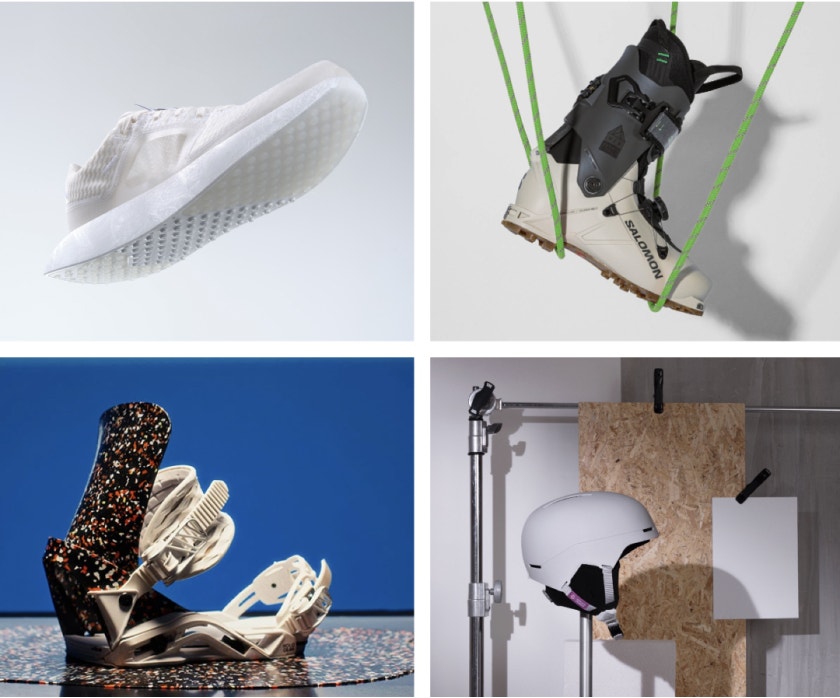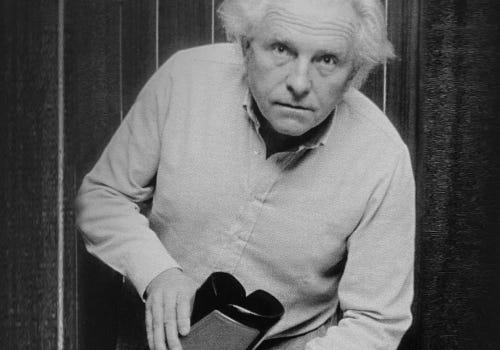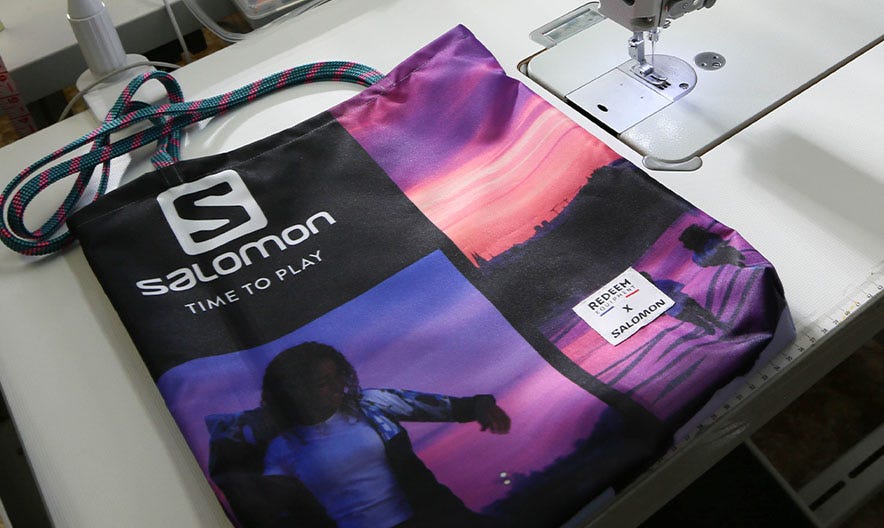1. More responsible outdoor practices
Only by working together can we tackle the challenges faced by our planet’s limits. For example, regarding the climate, which is one of the 6 limits currently exceeded (out of 9 limits identified and measured by scientists), there is an imperative need for action by all of us, at all levels, to achieve the Paris Agreements, in other words to prevent global warming from exceeding 2°C between 1850 and 2100. This requires both individual efforts to reduce greenhouse gas emissions (GHG) in our sporting activities as well as our commitment to meeting our carbon neutrality target.
*Source: Report "Doing your fair share for the climate?", Carbone4, November 2019
What’s the good news? Doing outdoor activities can be compatible with a low-GHG-emission lifestyle by using responsible or shared mobility solutions for travel.
Do you want to improve the impact of your sporting activities? Here’s a checklist to help you reduce your impact on climate and biodiversity:
Learn more about our sustainability initiatives:
2. OUR SUSTAINABLE INNOVATIONS
Taking action for the future of our sports
We are committed to reducing the environmental impact of all our products through responsible innovation and performance. In 2020, to achieve our circular economy goals, we developed a comprehensive three-tier sustainable product framework based on the Ellen MacArthur
Foundation’s principles for a circular industry. According to this insight, products must be manufactured from safe raw, renewable or recycled materials, used more and designed to be reused.
Ellen MacArthur Foundation
Circular economy: https://ellenmacarthurfoundation.org/topics/circular-economy-introduction/overview

- Index.01 : 100% recyclable shoes, a new benchmark for the running industry
- MTN Summit : our Alpine boot that takes eco-design one step further
- Trash Is Gold : using surplus materials from our workshops to design prototypes and new products
- Brigade Index : the first 100% recyclable ski/snowboarding helmet
We control the impact of our innovations: since 2020, we have carried out an extensive program detailing the impact of our strategic product collections through analyzing the life cycle (LCAs) of 10 of our key product references. These LCAs are then applied to review the design strategy in order to reduce the impact on water, energy, CO2 emissions and waste. These LCAs were conducted by an external body using European methodologies.
To reduce our products’ carbon footprints, we need to know what they are at the outset. This is why we are taking a science-based approach to identify the most significant environmental impacts.

3. Our next steps
All the innovations we have yet to introduce…
We have time-bound ambitious strategies and action plans, here are a few of our key product actions we are focusing our attention on between now and 2030:
- 100% of Salomon products will have their environmental performance displayed so customers can make informed choices
- 100% of Salomon’s new products will be designed in line with one or several of our circular economy criteria
- Salomon has committed to ensuring that all DWR treatments and waterproof membranes in our new products will not contain any fluorinated chemicals such as PFCs, PFOAs or PFAS by the end of 2025.
To address the climate issue, in 2022 we submitted our carbon-neutrality trajectory contribution to the SBTI (Science Based Target Initiative), which enables companies to have their trajectory certified. We are aiming for 50% absolute carbon emission reduction for scopes 1 and 2 as well as 30% absolute carbon emission reduction for scope 3 by 2030 compared with the 2019 baseline and reaching net-zero by 2050.
4. OUR REPORTS
Find a detailed account of all our innovation initiatives in the special section of our annual impact report as well as our other commitment documents:











